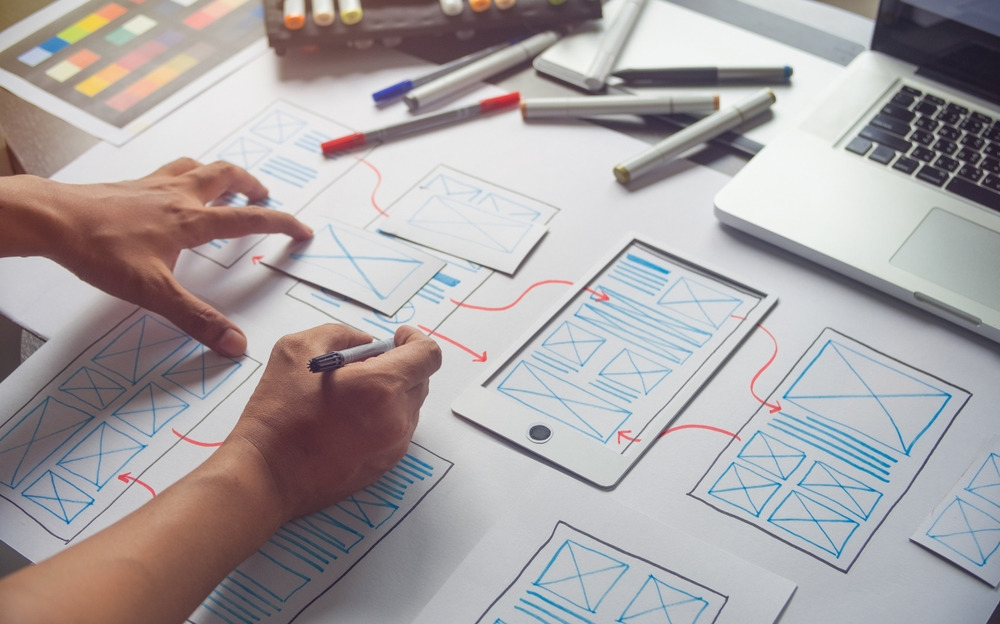There are different types of industrial design prototyping as follows:
Physical industrial design prototyping
A space between an initial concept and the end design can get closed by an industrial design prototyping service. Prototypes embody the design intents and permit hands-on research done by industrial engineers and designers. They give room to solve problems, validations, and alliterations. The end-users and stakeholders can check functional prototypes for the UX design functionality and flaws. They do this before entering the final production/manufacturing process.
What’s industrial design prototyping?
In tradition, industrial design prototyping comprised models made by hand. The handmaking models are still an essential step in any production process. The new technology has shifted this process.
Current development processes involve a preproduction process. It exports products designed from digital programs such as Fusion 360. The exportation leads these products into functional and physical samples for market presentation. Before the 3D product design innovations, prototyping is time-consuming and expensive. The integrated 3D CAD/CAM programs help designers install sweeping revisions using parametric design features.
There are many industrial prototyping design methods: parallel, iterative, rapid, and competitive. The different prototyping methods give varying proof of concept models in the product development process.
The iterative prototyping
It involves building prototypes from product designs, testing for their functionality and usability. It also revises what couldn’t work. After concluding the testing, the research team designs a new iteration. They throw out the old iteration, or they set it aside. The iterative prototyping is practical and permits quick identification of the problems. It can be wasteful and expensive depending on the several iteration numbers required.
Evolutionary prototyping is another version of iterative prototyping. It gets rid of the need for many iterations that exceed one. The key idea behind this prototyping is first to define iteration. Do this as you identify improvements based on the incoming feedback. The prototype becomes your final product after extensive revising and machining.
Parallel prototyping
It’s a concept-based process where many design concepts get compared concurrently. Many designs get drafted then compared to the best version before manufacturing. The process promotes conceptual ideation and creativity. The method can be expensive because of the significant contributing factors.
Competitive prototyping is a smaller version of this parallel prototyping. Here, many design teams create concepts indecently. Competitive prototyping is ideal for massive projects with high-risk factors.
Rapid prototyping
It’s a recent product design test method that incorporates some iterative process. Rapid prototyping is quick and accessible for the product designer who can access the 3D printing technology and CAD software in-house. Rapid prototyping uses innovative technologies: 3D printing and CAD software to build seamless data transfer from a computer to a printer. The method runs functionality and usability tests on mockups that are newly printed.
Conclusion
The previous methods can take days to compare and manufacture iterations of products. It depends on communication and fabrication technology needs. The rapid prototyping process can fit in a daily circle where the revision of a new product can happen.














